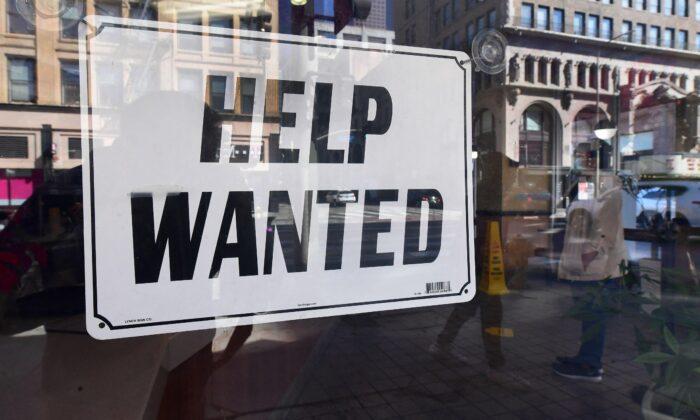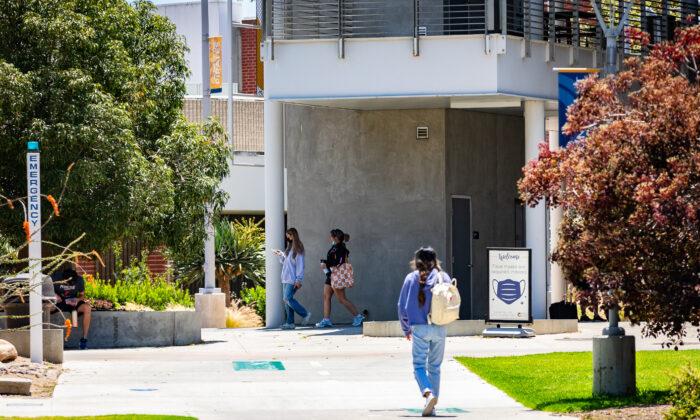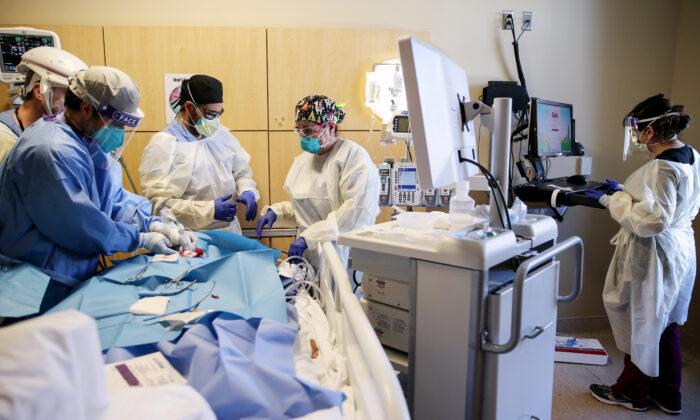California’s unemployment rates decreased substantially over the past year according to the latest data from the U.S. Department of Labor, but businesses still face worker shortages.
In March, California added over 60,000 jobs, which drove down the unemployment rate from February’s 5.3 percent to 4.9 percent.
For the first time since the advent of the COVID-19 pandemic, the number of unemployed Californians has dropped below 1 million.
However, the total employment remains below the pre-pandemic level.
The report’s survey, which was conducted in March, shows that 22 percent of small-business owners said low labor quality is a problem, which ultimately prompted employers to pay more in order to hire better-qualified people.
Approximately 49 percent said they have raised compensation while 28 percent of them said they plan to raise compensation in the next few months, according to the report.
The rising costs of labor will likely translate into more expensive goods and services for consumers, the report stated.
Industries that have the most job openings waiting to be filled are transportation, construction, and manufacturing. Approximately 62 percent of construction companies reported few or no qualified applicants during their hiring periods.
Peter Tateishi, CEO of Associated General Contractors of California, said the construction industry has been consistently and increasingly in need of workers throughout the pandemic primarily because of a misconception about what a construction career entails.
“[Construction companies] are struggling to develop the pipeline necessary to meet the current and future demands for construction,” Tateishi told The Epoch Times.
Regarding why construction workers are in high demand, Tateishi said both the public and private sectors have been continuously investing in construction projects.
“There’s just a higher demand for construction because of all of the money that needs to go into [building things],” he said. “We’re looking at the 2028 Olympics in Los Angeles, and there’s a lot of work that needs to go into bringing that to life.”





Friends Read Free